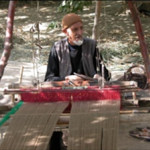
USAID’s income-generating program provided Aliachmad with the necessary tools—yarn and a refurbished loom—to reestablish his reputation in the village as the patu expert. Aliachmad have a lifetime’s worth of skill, but lack materials and start-up cash.
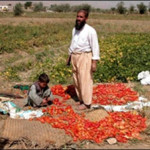
The collapsed and broken skeletons of washed-out dams were clearly visible under the rushing waters of the Ghorband River in Parwan’s Charikar district. Heaps of stone and sandbags were no match for the powerful spring floods that carry boulders the size of small cars. For years, the task of building and maintaining the dams, as well as clearing the canals of debris, was the responsibility of area farmers. They performed this work on an irregular, ad hoc basis under extreme conditions with local conflict concerning water rights. Farmers would often leave their land for weeks at a time to band together to build the new dams or clean the canals.
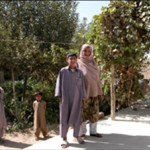
For those families without access to any other means of irrigation and struggling through food shortages, USAID has introduced drip irrigation to Afghanistan. Four local NGO partners selected 56 families, including Omid’s, in the provinces of Kabul and Parwan to participate in the program.
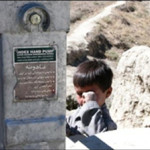
Afghan parents face a harsh reality in child-rearing — an under-five mortality rate of 257 dead children per 1,000 living. Unclean drinking water contributes significantly to those harsh numbers. Severe cases of diarrheal disease were on the rise in Kabul in 2003, with an estimated 7,800 reported each week. Many rural villages turned to chlorination when available — but the chlorination campaign did not reach Kulanghar in the Logar district.

In a country where many rural teachers have no more than a primary school education, teacher training is critical to the nation’s education system in Afghanistan. USAID is focused on renovating the teacher training colleges in Afghanistan, while the country’s government is providing training for thousands of its teachers throughout the country to ensure Afghan children a brighter and more prosperous future.

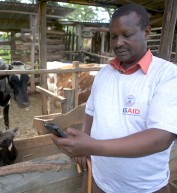
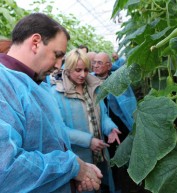
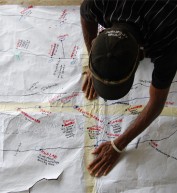
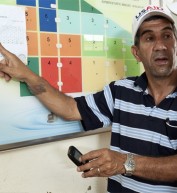

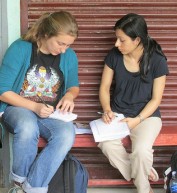

Comment
Make a general inquiry or suggest an improvement.